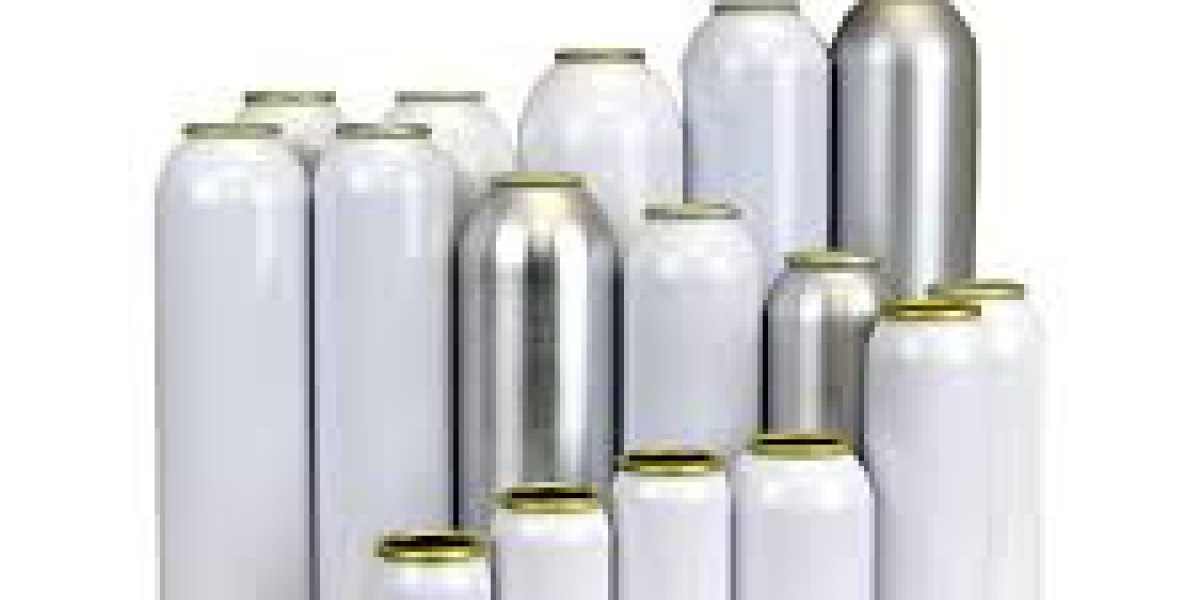A clear sense of trade offs and on trail realities guides good gear choices, and for many campers the 450g Gas Canister hits a practical balance between capacity and carry convenience. That size often fits common stoves, reduces frequent swapping during group meals, and gives a reliable run time for base camp cooking while still being manageable to pack and transport.
One reason the format is popular is straightforward usability. When a single container can run multiple boiling and simmer cycles without fuss, teams spend less time refilling and more time enjoying the trip. For family groups and guided outings that operational simplicity translates into fewer interruptions and smoother meal rhythms. It also lowers the chance of mismatches at the stove because many widely used burners accept the same valve styles for this category.
Field performance hinges on pairing and technique. A well matched pot and burner captures heat efficiently so you use less energy per meal. Shielding the stove from wind and bringing liquids to boil quickly then reducing output saves fuel. Those routine cooking choices matter more than raw capacity. For many campers, adopting a few simple habits produces an outcome equivalent to carrying extra containers but without the extra bulk.
Transport and shelf resilience are another part of the story. Products that arrive at stores undented and with intact valve protection are easier to sell and safer for consumers. Suppliers that emphasize protective packing and upright pallet instructions reduce the number of returns and the handling time in warehouses. For retail and rental operations that means less inspection work and faster turnover from receipt to shelf to customer.
Weather sensitivity shapes practical recommendations. Colder conditions reduce vapor pressure and can slow stove output so users often keep spare units warm in inner pockets or use an insulated sleeve during storage. For trips that include base camp and short day treks a typical approach is to place a larger canister at base camp for heavy tasks and take lighter cartridges for mobile moves. That combination keeps mobility high while preserving reliable service where steady heating is needed.
Safety and handling habits contribute to why this size is selected by many organizers. Keeping valve caps on until attachment, storing canisters upright away from heat sources, and inspecting for damage before use reduce accidental activation and leak risk. Clear on pack instructions and short handling cards included with shipments help new users and retail staff follow safe routines without long explanations.
Sustainability and sensible end of life choices also inform the decision. Using a canister on a trip so it is emptied rather than leaving partially used remnants to accumulate reduces awkward disposal questions later. Companies that publish simple recycling guidance or work with local collection partners make it easier for customers to act responsibly. For communities and groups that care about leave no trace practices, that practical disposal planning is increasingly part of the buying decision.
Retailers that curate coherent kits improve customer outcomes. Bundles that include a compatible stove, a concise handling card, and a note about weather handling reduce returns and support confident purchases. Online listings that show valve type and packing photos shorten the decision path. For brick and mortar shops a short demo showing stove and canister fit resolves many buyer doubts in minutes.
Operational reliability in distribution matters too. Suppliers that maintain consistent filling and that test valve integrity before shipment help procurement teams avoid surprise rejects at receiving. When arrival checks are short and factual, stores can accept inventory faster and devote less time to repacking. That efficiency is valuable during busy seasons when logistics and labor are under pressure.
Finally, choosing this category comes down to matching the product to planned use. Consider how many people will cook together, whether trips include cold conditions, and how much carrying volume you can spare. Test a stove and pot pairing at home if possible and assemble a small kit that reflects your real cooking routine. If you want to review practical pairing notes, valve types, and packing guidance while you decide, supplier product pages often collect those details and handling tips so buyers can align choices with real world needs; one convenient resource that gathers cartridge options and practical advice is the camping cartridge section available at https://www.bluefirecans.com/product/ which helps outfitters and campers match gear with trip plans.














